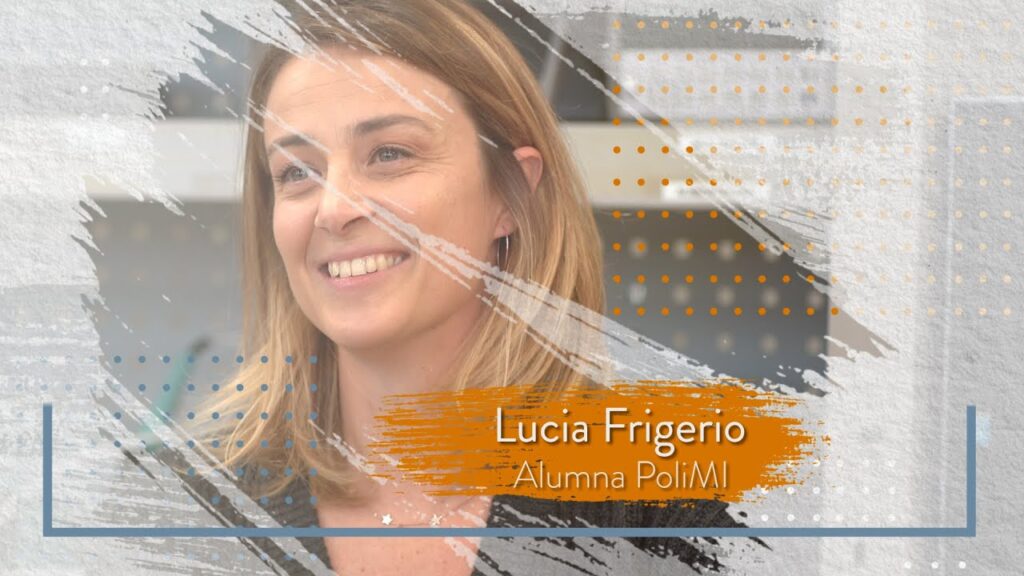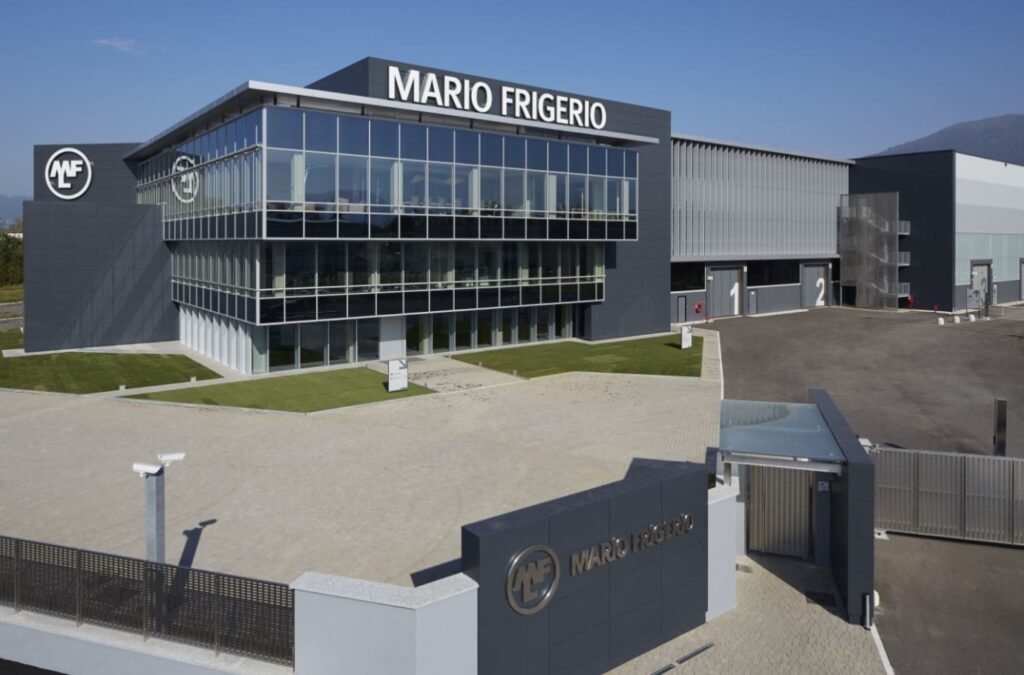We've had turbulent years (to say the least). Far from being disoriented, the Alumni of the Poli ride the waves of this complexity: planning where they can, preparing for sudden changes of scenario and betting (but with full knowledge of the facts!) on the next trend. And on technology: from deep tech to IoT, from manufacturing 4.0 to full automation, from the evolution of services to the revolution in telecommunications... "WHAT NOW?" is a series of interviews with Alumni in top positions in business, culture and technology, who ask themselves: what should we expect now?
—
Her great-grandfather made pasta dough mixers. From wire drawing machines to systems for processing metal cables, the step is far from short: over 120 years of history, to be precise. Today MFL, founded by Mario Frigerio in 1897, is an engineering multinational with 450 employees, a consolidated turnover of €100 million and offices in Italy but also in Germany, Spain, China and the United States. The core business is the design and manufacture of machinery for the production of cables, wires and ropes in steel, aluminium and copper. Machinery produced entirely in Europe and exported all over the world.
“Metal cables, ropes and wires can be found everywhere,” explains Lucia Frigerio (Mario’s great-granddaughter and Alumna in Mechanical Engineering), today at the helm of the group, which has always remained in the hands of the family throughout its numerous transformations. They are found everywhere, literally: in sponge scourers, in the hangers for wardrobes (in Milan they are called omètti), in the cables that operate elevators, cranes, cable cars, freight elevators, in the walls of our houses and in reinforced concrete, in bridges, and even in all electronic devices, in energy distribution networks, in telecommunication networks.
“There is low-carbon steel, which is used in low added value productions, like the domestic products you mentioned such as sponges, but also supermarket trolleys, nails etc. High-carbon steel is mainly used in construction. Copper and aluminium, on the other hand, are used in telecommunications and power transmission, both energy networks and vehicles.” They are the threads with which the world we have built around us are woven. MFL group produces the machines that “spin them”.

“Our plants have an average life of 30 years; in fact, we don’t sell them every day. Obviously we cover maintenance and retrofitting, that goes without saying, but our main market, today, serves the increase in the production capacity of our customers (precisely the producers of these threads, such as Prysmian, a giant that has grown in the fragmented Italian market). They are materials that are consumed, so production is constant.” And the market too. Constant, reliable and predictable, or at least it was until a couple of years ago. But Lucia was not caught unprepared. "The new frontier of manufacturing is to servitize machines. That is, I sell you the asset, but this asset has the ability to give you information that is as valuable as the product it produces.”
In itself, this is nothing new: the trend began back in the 1970s, but of course the quantity and quality of the data that we can collect today are far greater. Potentially, at least. And it's a growing world. “Knowing this, we have been working for years to further enrich the set of information that our machines can provide, in order to help both our customers and us make strategic decisions. The novelty in this type of manufacturing is that we do not want to provide a one-shot service, but a sort of subscription, on the model of high-tech and deep-tech companies.”

According to this model, explains Lucia, MFL would manage the servers with the data extracted from the connected machines.
“In addition to selling the machinery, we would obtain recurring revenue on the same sale, in exchange for real-time information on its operation, for example for diagnostics or risk prediction, and prompt action in the event of automatic reporting of problems. This is the near future, if we think in the short term. Considering an even later step, in the medium term (5-10 years), this investment will have allowed us to gather a great deal of information. Which can then be used to structure predictive algorithms, not only to detect problems promptly, but also to foresee them, to plan strategic investments, to launch research and development campaigns.”
The “WHAT, NOW?”, therefore, moves in the direction of an ever greater interaction between manufacturing and artificial intelligence. “Yes, but not only that. The point is man-machine, or rather, system-machine interaction. It is no longer a question of automating manufacturing, but of sharing and rationalizing the entire production chain, from those who extract the raw material, to the steel mill, through us who manufacture the machines, to the cable manufacturer and finally to those who use it: the whole value chain would benefit from this supervision. And today it doesn't exist.”
Why doesn't it exist?, we ask Lucia. "The technology to do it exists, but we need to change the mentalitythe paradigm. Proposing the sale of digital services, for those who manufacture machines, is complicated: because you are used to selling “hard metal”. It's a big jump from there to selling impalpable digital services. And before convincing the customer, who is also used to buying “hard metal” and who often does not even have 56k in the factory, I have to convince my sellers that the main product is no longer the machine but the service, the cloud, the supervision of the supply chain. That is the direction in which I want to lead the group.” And how is it going? “Well, for the goals we set ourselves in these early years: that is, countless pitches, regardless of the situation.
The difficulty for my sales reps was understanding that it doesn’t matter whether the customer is interested or not, we have to propose this supervision, and above all we must understand how the idea is received. It's the only way you can get a sense of how to move on the market. Twenty years ago, when the value of a machine was 100, the customer perceived that 90% consisted of the vehicle and 10% automation. Today the proportion is 30% machine, 30% automation and 30% services. Look at Tesla: I don't buy it for the mechanics, which are ugly, badly made, they break. I buy it because it is a computer on 4 wheels and it offers me services, and it is these services that I pay for very year. This is the concept: we are still at a very early stage, even before embryonic. But we have bet on it heavily and invested in a third company that does just that. We are sowing the seeds; sooner or later the flowers will bloom.”
Therefore the next technological revolution, according to Lucia, will not be a technology or a set of technologies, but the real and complete integration of technologies that already exist.. A much greater leap than we imagine when we simply think of autonomous driving or quantum computers. And, speaking of Tesla, traditionally it is the automotive market that drives industrial innovation, a sort of litmus test of technological progress. But is that still the case?
“I don't think so,” says Lucia. The automotive industry is losing this position of leadership. Not because there is anyone else, but because there will no longer be any product capable of being at the cutting edge. The time it takes to produce it, and it is already obsolete. The physical product will be a commodity, the real saleable product will be how we interact with it.”
We will explore these topics in depth at the 11th Alumni Politecnico di Milano Convention. Register for the in-person event.
Credits home: www.expometals.net